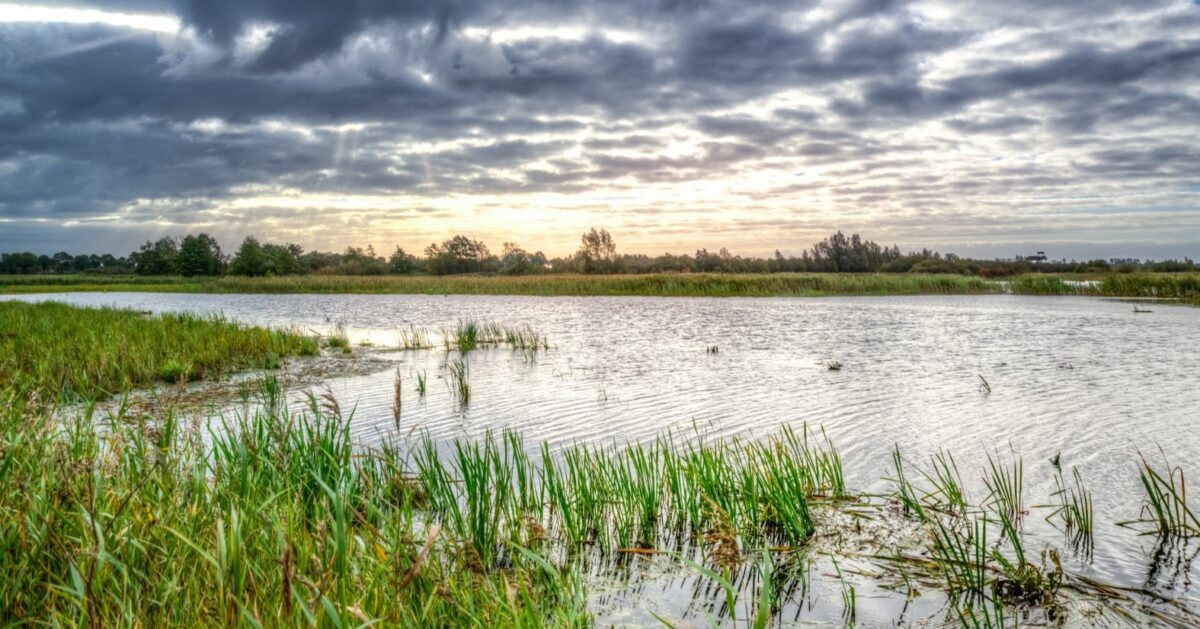BLOG
US | WOTUS Rule Drains Wetlands Protection
- #Clean Water Act (CWA)
- #Environmental Protection Agency (EPA)
- #EPA
- #Regulations
- #Water

On January 23, 2020, the U.S. Environmental Protection Agency (EPA) and the Army Corps of Engineers finalized the Navigable Waters…
 On January 23, 2020, the U.S. Environmental Protection Agency (EPA) and the Army Corps of Engineers finalized the Navigable Waters Protection Rule. The purpose of this rule making action is to redefine the term “waters of the United States” (WOTUS). The final rule will become effective 60 days after publication in the Federal Register. Once effective, it will replace the rule published on October 22, 2019.
The revised definition identifies four clear categories of waters that are federally regulated under the Clean Water Act:
On January 23, 2020, the U.S. Environmental Protection Agency (EPA) and the Army Corps of Engineers finalized the Navigable Waters Protection Rule. The purpose of this rule making action is to redefine the term “waters of the United States” (WOTUS). The final rule will become effective 60 days after publication in the Federal Register. Once effective, it will replace the rule published on October 22, 2019.
The revised definition identifies four clear categories of waters that are federally regulated under the Clean Water Act:
- the territorial seas and traditional navigable waters, (e.g., the Great Lakes, Atlantic Ocean, and the Mississippi River);
- perennial and intermittent tributaries, that contribute surface flow to traditional navigable waters in a typical year (e.g., College Creek, which flows to the James River);
- lakes, ponds, and impoundments, of jurisdictional waters (e.g., Lake Travis in Texas); and;
- wetlands that are adjacent to jurisdictional waters.